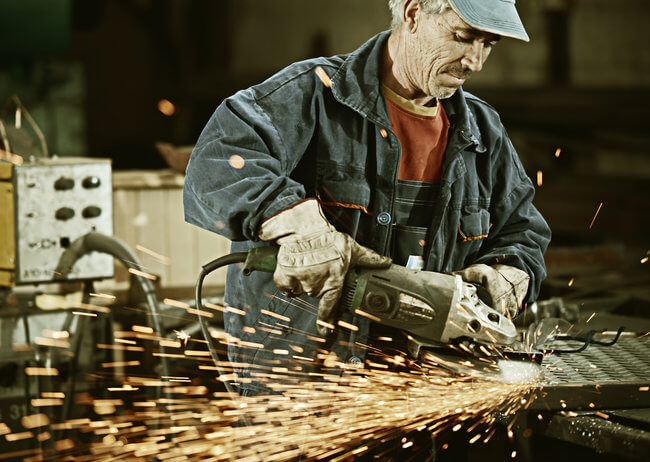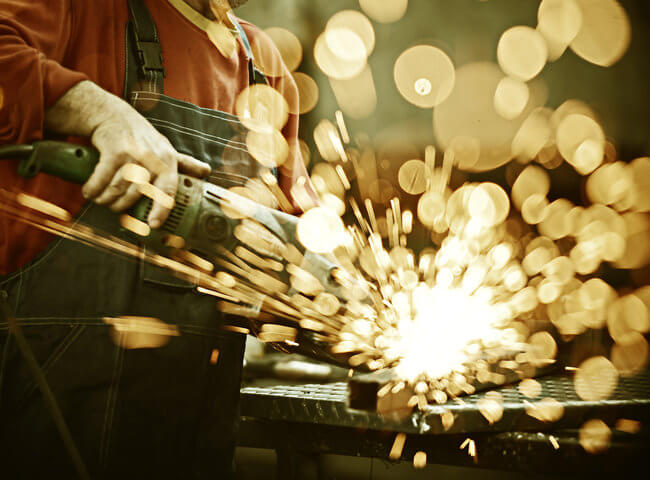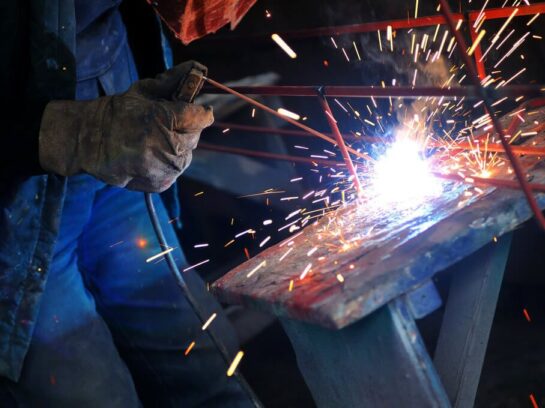Shielded Metal Arc Welding (SMAW) or also known as Manual Metal Arc Welding (MMAW) is a welding process that makes use of an electrode (a metal rod that is covered with powdered metal and other compounds) and a power source to join 2 pieces of metal. That’s why this type of welding is also called “Stick Welding”.
SMAW is basically the most common and uncomplicated type of welding process that involves simple equipment. Hence, it’s is very easy to learn. Likewise, it has a wide range of application from construction, maintenance, and repair of iron and heavy steel structures.
Regardless if you’re a beginner or a seasoned welder, we urge you to read further as we are going to highlight some important steps on how to improve your SMAW technique in today’s entry.
Preparation

While SMAW is a forgiving process for working on rusty metals, we still recommend that you properly clean the metal (or any surface) that’s to be welded first. You can use a steel brush or power grinder to remove rust, dirt, and grime as failing to remove these impurities will result in a weak weld. And if the welded metals are not properly attached, then it will lead to porosity, lack of fusions/inclusions, and cracking.
CLAMS
This SMAW technique must be second nature to any welder.
To be specific, make sure the current is set correctly. If the amperage of the power source is too low, the electrode will become sticky when you strike an arc. And if there current is too high, then the electrode will become very hot that it will already glow.
Angle Of Travel
When welding on a flat surface, the SMAW techniques that you need to use are the backhand or drag (for flat and horizontal positions). Hold the welding stick perpendicular to the part where the materials are to be welded and then tilt at approximately 5 degrees to 15 degrees.
On the other hand, use the forehand or push technique for vertical welding positions and tilt the welding stick at approximately 0 degrees to 15 degrees.
Length Of Arc
The length of arc should NOT go beyond the metal portion’s (core) diameter of the electrode.
Electrode Manipulation

Every welder has different ways of manipulating the electrode. But we recommend that you learn from experts by observing their welding styles and use them to develop your own style.
For materials that are 1/4 “or thinner, weaving is not needed. As for thicker materials, you may have to manipulate the electrode from side to side (like writing a letter “Z”) to create a continuous pattern of overlapping circles.
Speed Of Travel
And as for the last SMAW technique that you need to take note of, the travel of the weld should also be controlled as being too slow can result in a shallow penetration or in other words, the weld appears that it’s only sitting on the surface of the material. In the same manner, traveling too fast can result in decreased penetration with the possibility of an undercut and a highly crowned bead.
All these tips that we have shared, along with constant practice and a lot of patience, will further enhance your craft as a welder and hone your skills to be classified as an expert.

